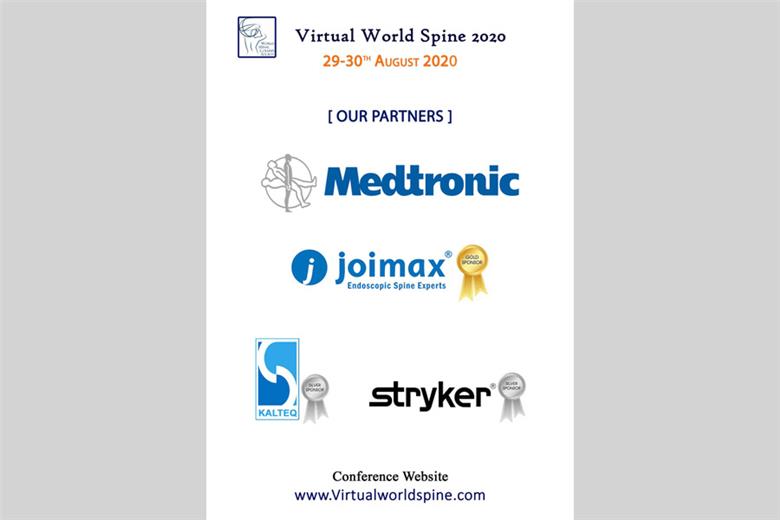This minimally-invasive procedure uses a small needle and advanced radiofrequency technology to reduce a herniated disc. The procedure may be performed on an outpatient basis.
Percutaneous Cervical Disc Nucleoplasty
Overview
This minimally-invasive procedure uses a small needle and advanced radiofrequency technology to reduce a herniated disc. The procedure may be performed on an outpatient basis.
Preparation
The patient is positioned, the neck is cleansed and sterilized, and a local anesthetic is administered.
Cannula Inserted
A thin tube, called a cannula, is inserted through the neck and into the herniated disc. The surgeon uses the x-ray images of a fluoroscope to help guide the cannula.
Disc Nucleus Treated
A small radiofrequency probe is carefully inserted through the cannula and into the disc. The device sends pulses of radio waves to dissolve small portions of the disc nucleus. Because only enough of the disc is removed to reduce pressure inside the disc, the spine remains stable.
Herniation Relieved
The empty space created by the probe allows the herniation to retract.
End of Procedure and Aftercare
The probe and needle are removed, and the insertion area in the skin is covered with a small bandage. Because no muscles or bones are cut during the procedure, recovery is fast and scarring is minimized. Additional treatments may be needed.



